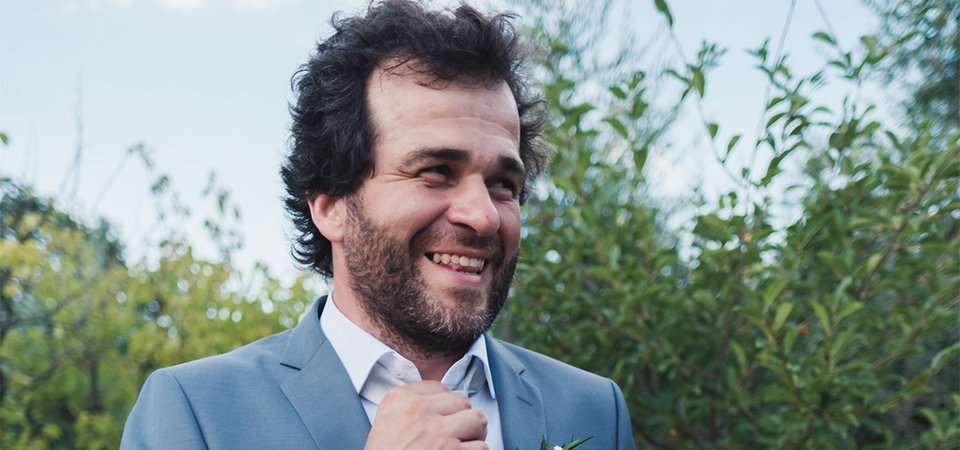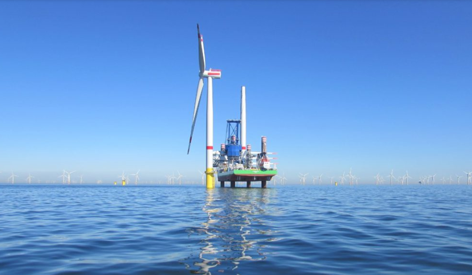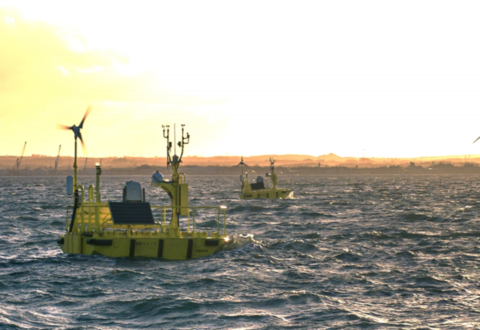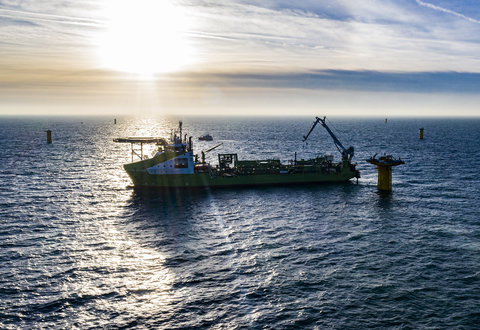
Supporting WindFloat Atlantic in Construction, Commissioning, Operations and Maintenance
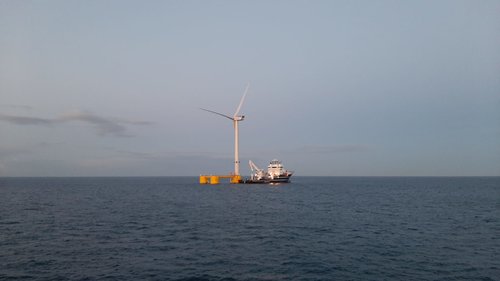
The global floating wind power market is set to gain traction from the ever-increasing demand and utilization of renewable energy sources. Various countries across the world have plans to commercialize floating wind farms between the periods of 2020 to 2026. There are still rapid advances being made in the technology that goes into designing, building and maintaining offshore wind farms. But a number of challenges exist around floating wind as it is still a developing technology. Therefore early experiences with demonstration and pre-commercial floating wind projects are of paramount importance to many new players in this promising market.
The WindFloat Atlantic (WFA) is developed and realised by WindPlus, a consortium with EDP Renewables, ENGIE, Repsol and Principle Power as shareholders. The three turbines that comprise the wind farm are mounted on floating platforms anchored to the seabed, and collectively deliver an installed capacity of 25 MW. WFA uses cutting-edge technology from Principle Power, which enables the installation of floating platforms in deep waters. The wind farm is located 20 kilometers off the coast of Viana do Castelo, Portugal where the water depth reaches 100 meters.
IMDC has been supporting WindPlus in Construction, Commissioning and Operations and Maintenance. More specifically IMDC assisted with:
1. Coordination management during Construction:- Mooring the platforms
- Construction of the bed layers for stabilization of platforms at port
- Ballasting and stabilization of platform
- De-ballasting and mooring of platforms
- Survey, installation and removing the bed-layers during assembly of platforms • Support to site-manager during unloading and assembling the turbines
- Contacts with the local and official authorities, licenses, rescue plans
- Follow and participate in commissioning of floaters (shipyards)
- Organize and coordinate use of CTV during offshore installation phase and afterwards
- Close contact with the maritime authorities and coast guard
- Monitoring and following the environmental issues, bird radar, bats
- Weather forecast monitoring in order to schedule operations
- Define O&M strategy and prepare implementation
- Manage and coordinate the daily O&M activities for the WTG and the floaters
- Follow up the execution of the new O&M building activities
Data
- Client: WindPlus
- Start date: 2019
- Completion date: ongoing

